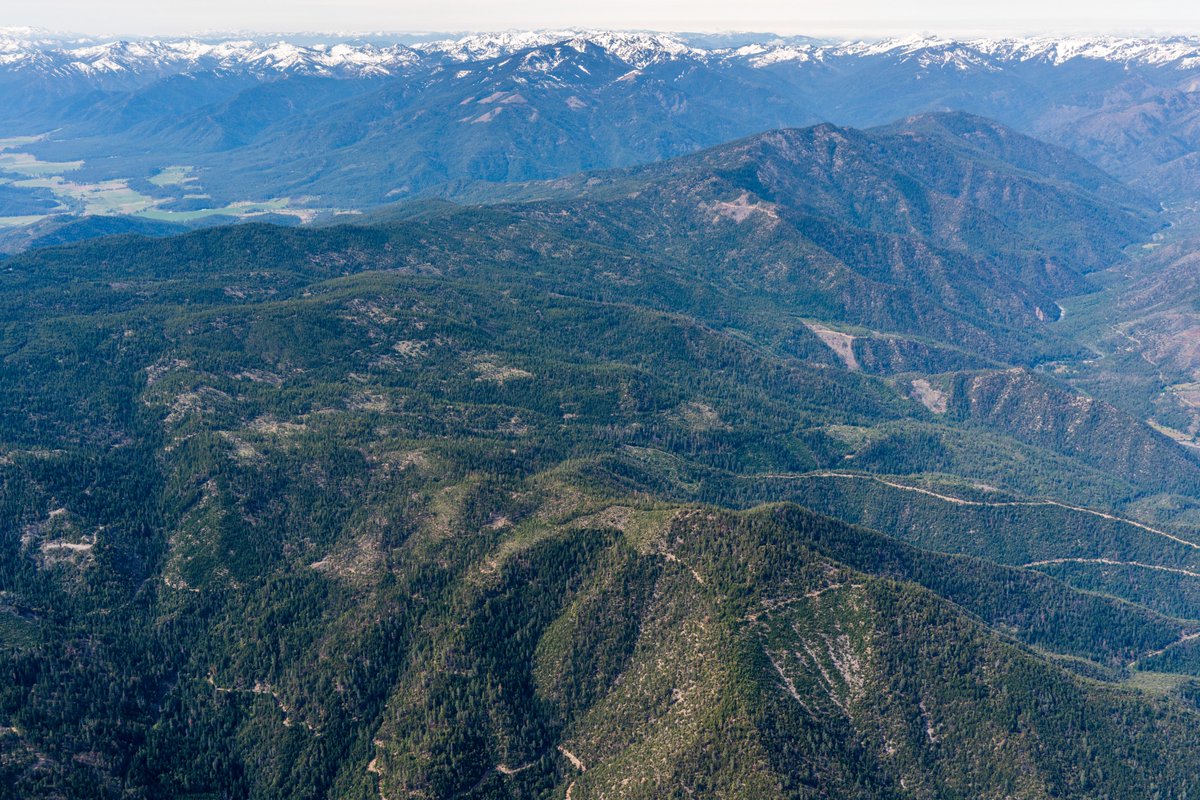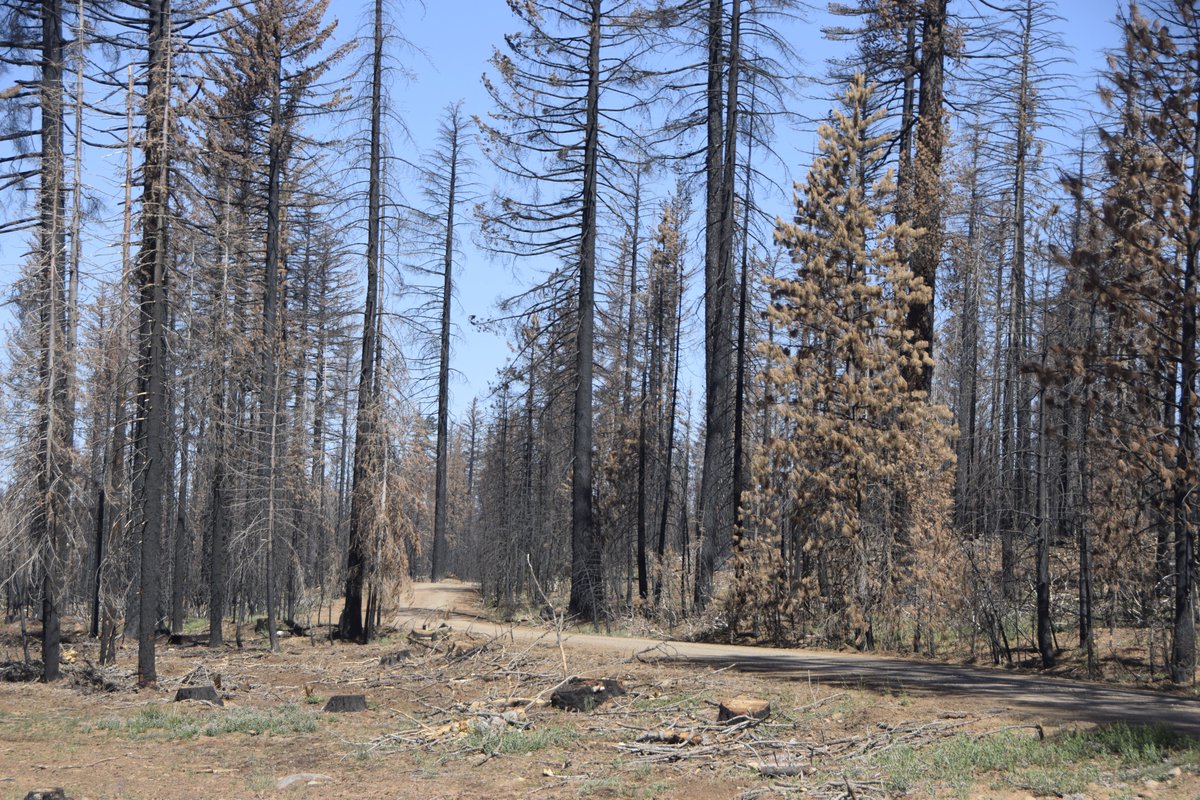Zeke Lunder had an interesting series of tweets on the Shelly Fire about one of our favorite topics, carbon credits, dry forests, and dead trees.
I couldn’t help but think “don’t some groups effectively believe the same thing?” Leaving trees alone gives you most carbon benefits, assuming away the whole wildfire/dead tree problem in dry forests. Isn’t the concept the same? Not allowing tree cutting in overstocked dry forests does not actually help with carbon, it can lead to more intense and destructive wildfire behavior, and impact the use of beneficial fire in neighboring forests. The concept is “leaving trees alone is always good for carbon” and the mechanisms are federal MOG policy and the carbon credit markets. It seems to me if the concept is wrong, it doesn’t matter what the mechanism is. Except, yes, more people make money via carbon credits, monitoring and accounting.
For example, from the Sierra Club:
BREAKING: Today, President Biden announced a plan to protect old-growth forests across the country
The Biden admin released a plan to protect old-growth forests. This is essential for achieving permanent protection, but we must do more.
Anyway, back to Zeke’s thread, I excerpted enough to give you a taste, but reading his whole thread is best.
*****************************



************************
Are never getting over the myth that the older tress get the better sequestration rate. I see the forest some what like. Car oil filter they do a good job of filtering the air but at some time the filter is clogged and must be exchanged for a new one. We need to concentrate on how do we make that happen. Seems like there are those who want to give that job to insects, disease and fire
The myth that is causing the most damage is the myth that management projects in the land sector can ‘neutralize’ the emissions from extracting, processing and burning fossil fuels — the concept that underpins forest based carbon offsets and entire frameworks of so-called ‘net zero.’ What Zeke is pointing out here is what a handful of principled stakeholders have been saying for well more than a decade now, that setting up carbon offset projects in fire evolved forests ignores the physical reality of the world in which we live. But the interests (fossil fuel industry, timber industry, corporate greens, etc) profiting and benefiting from the mechanisms have never wanted to entertain any criticism exposing the erroneous assumptions and flawed science justifying carbon trading.
More than selling carbon credits for fire-prone forests is the idea that carbon credits have something to do with the climate, and that “something” is somehow like a thermostat in a Motel room. Because some guys with computer models told us.
I can’t believe that people are still falling for this racket. Managing a forest for carbon is like managing the ocean for salt — except way more dangerous and expensive and neither one has anything to do with global weather or climate. Science.
It sounds like everyone is off on a tangent. This is not about “leaving trees alone.” These conservation easements allow (and could promote) “reduced intensity silvicultural practices,” which presumably amounts to the kind of “thinning” that everyone seems to agree is acceptable and would reduce the risk of loss to fire. How to pay for that? I would assume that the contract payments for the carbon credits account for and facilitate this kind of management where it promotes the longevity of the investment.